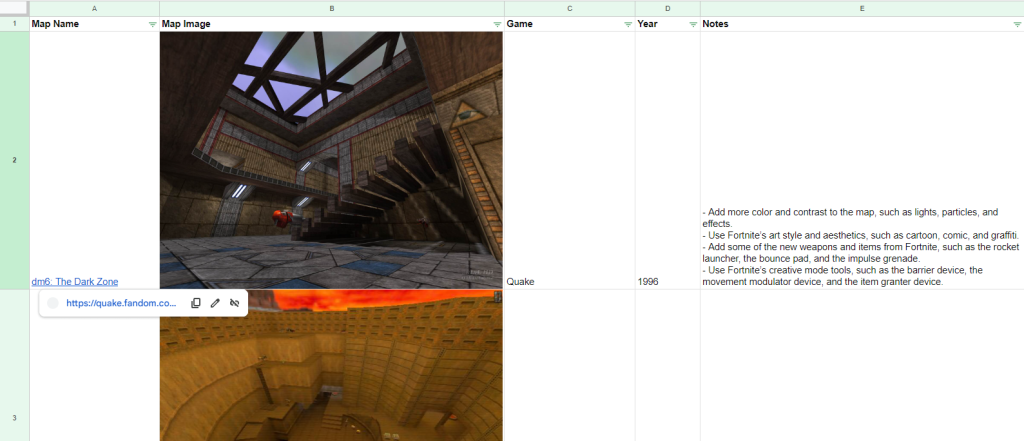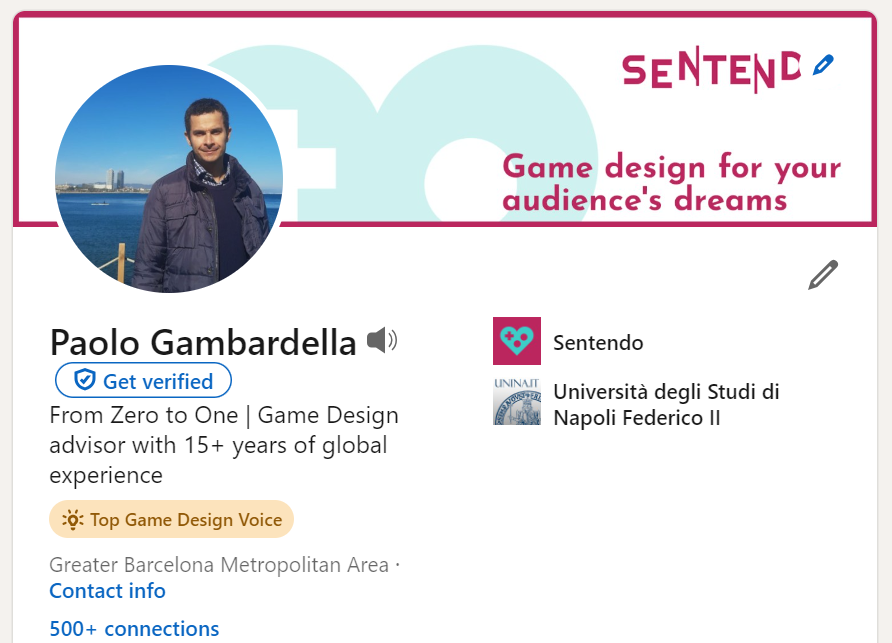Starting today I want to explore more the world of UEFN. I played a little with the experiences you have available on Fortnite right now and… oh my goodness, they are complete disasters from a level design perspective. What are we feeding our kids??? what?? *dramatic*
So I had this idea: recreate the most beloved maps from classic FRAG multiplayers within Fortnite. I need of course to tweak for 3rd person these maps, but my vision is pretty much this: to recreate classics in Fortnite. Because I want the kids to grow with serious stuff! (and if I can generate some income meanwhile, better)
I started by going on Copilot to look for data:
You are the lead game designer of a new project that involves Fortnite. Using UEFN, the project is to recreate the best maps that belong to classics of frag games (quake, unreal, and so on) in Fortnite. Converting them into modern versions. Make a table with the most enjoyed maps. On one column put the map name, on the second one a map image, third one the game, fourth column put the year and last column put notes on how to give them a modern touch
Prompt for Copilot
And I got a whole spreadsheet with a couple of tweaks:

I added some metadata and screenshots for the maps. So I am ready to start exploring classics!
